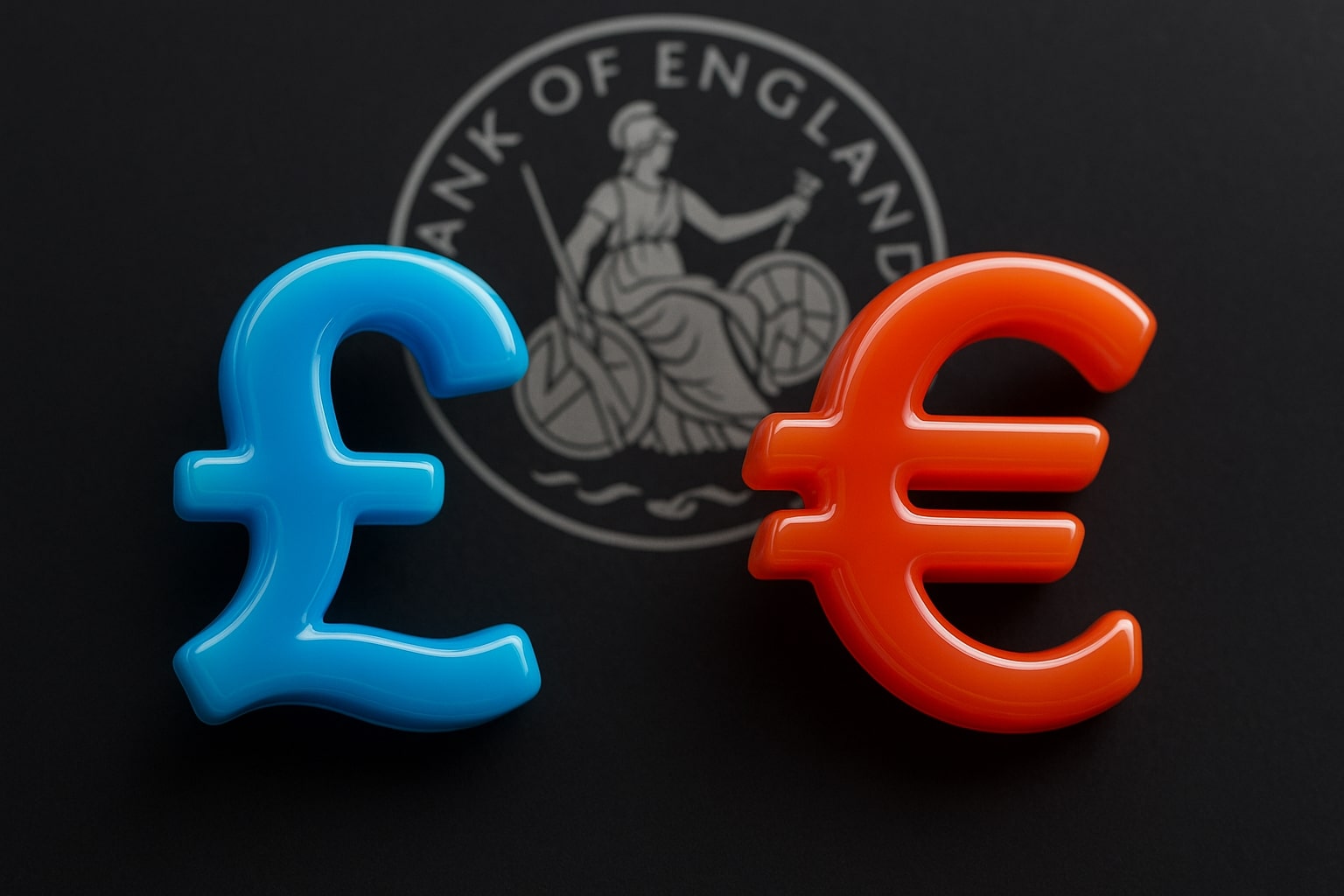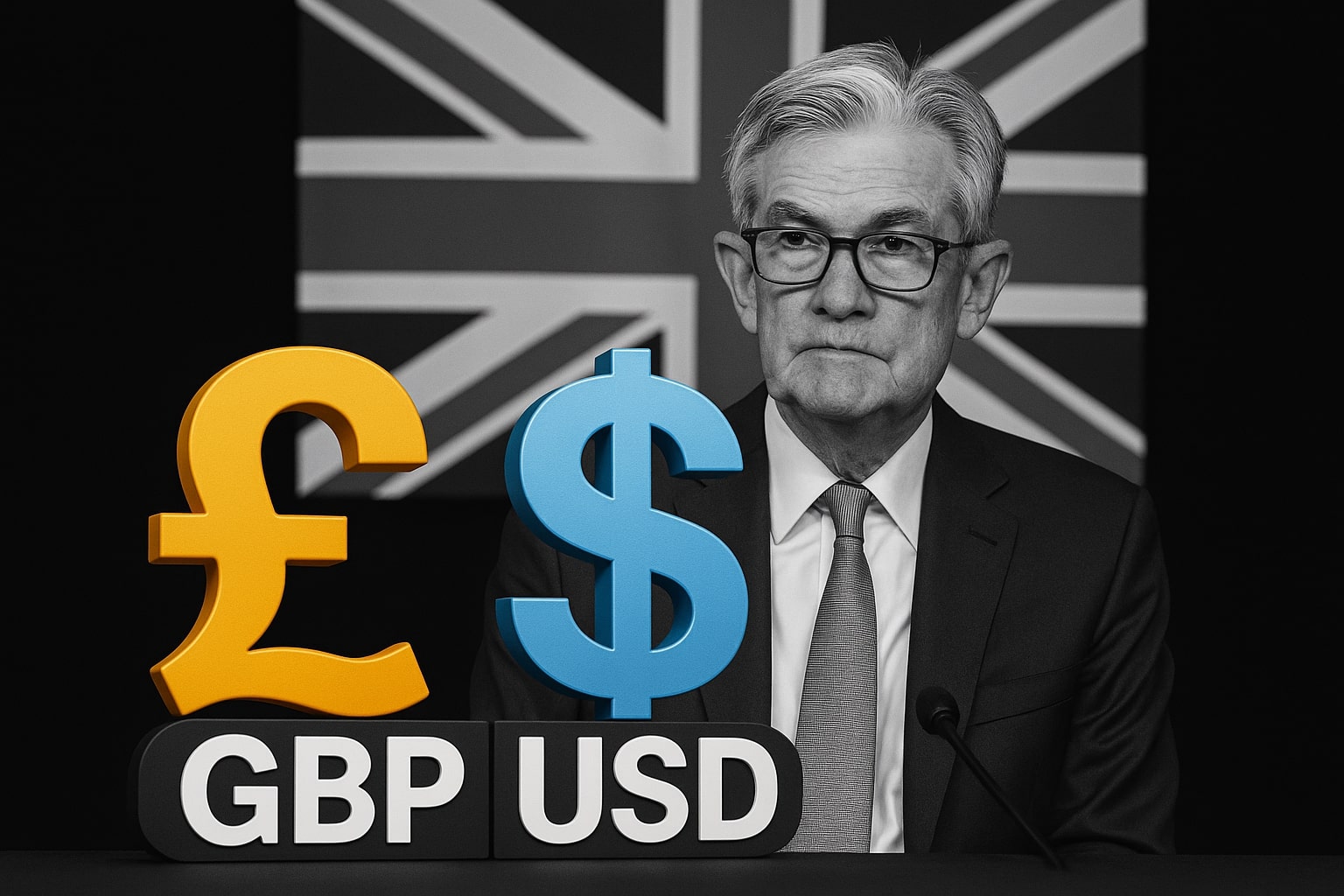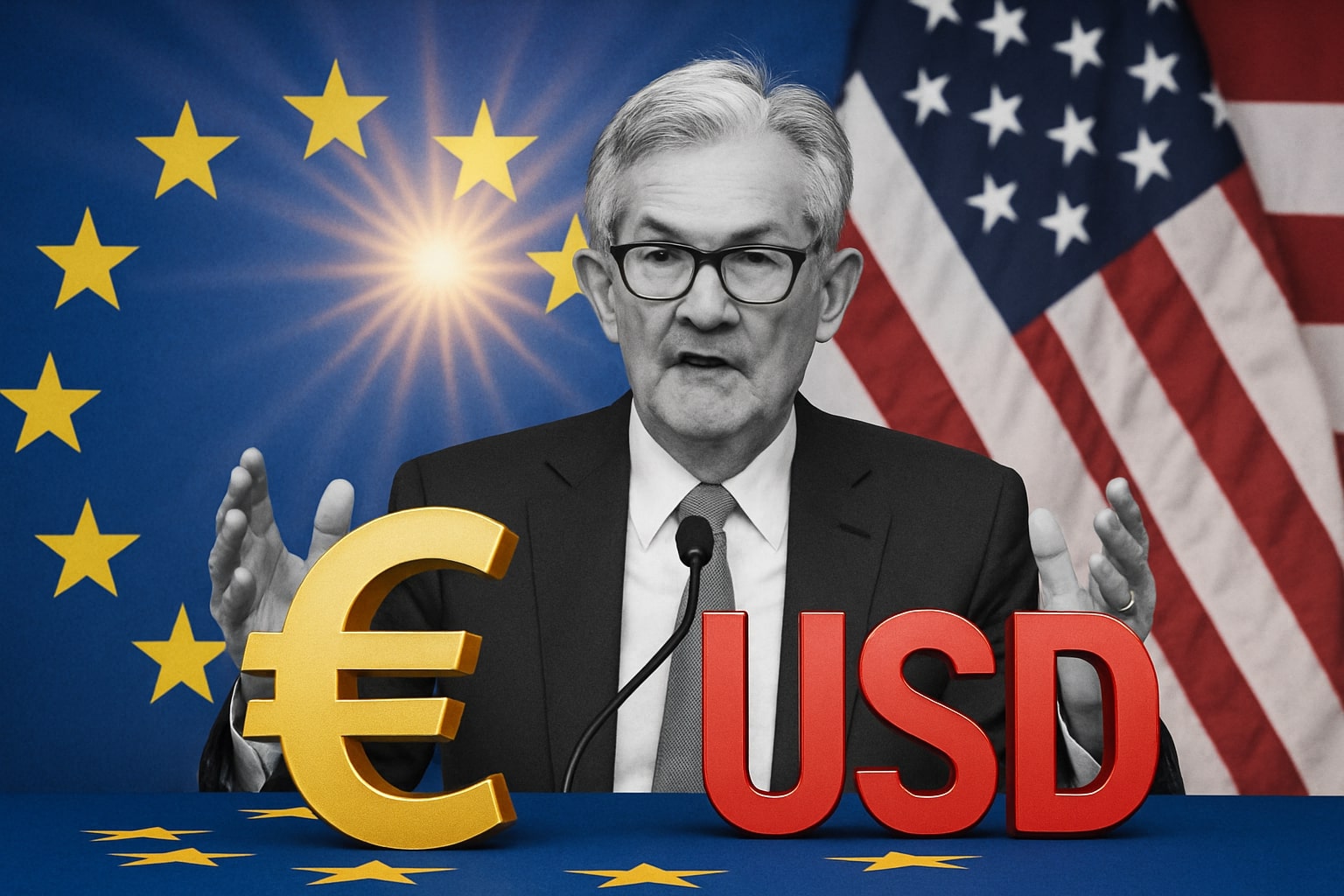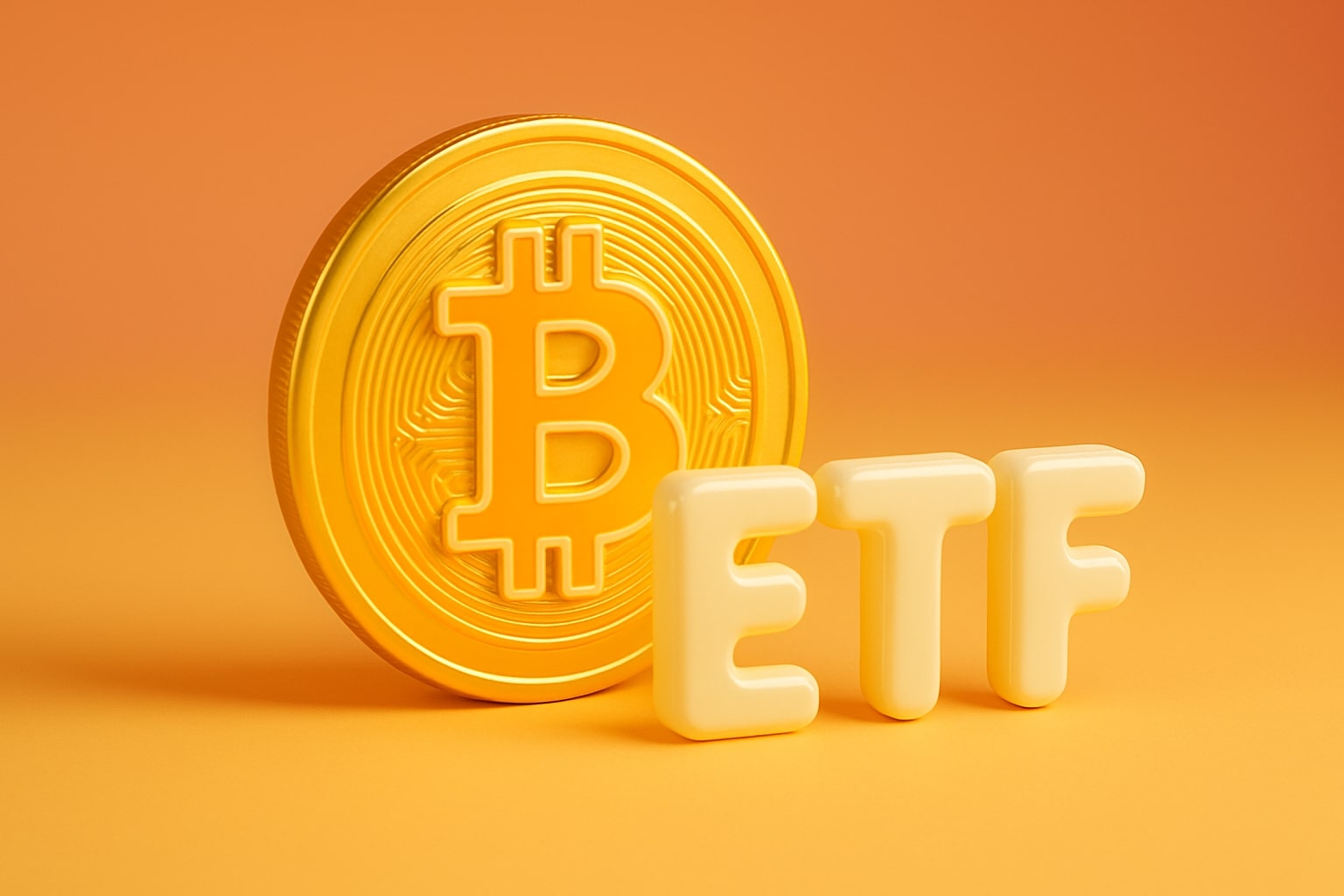Global Risk Aversion Intensifies as Europe’s Political Instability Deepens
Political turbulence across Europe has further fueled flows into the dollar. The resignation of France’s Prime Minister Sebastien Lecornu and widening French-German bond yield spreads have intensified fears of fiscal fragmentation within the eurozone. The 10-year French OAT yield climbed to 3.48%, the highest since 2012, pulling the euro down toward 1.1660 and indirectly weighing on the pound via correlated risk sentiment. In this context, the GBP/USD pair is trading as a proxy for broader transatlantic confidence, reflecting a battle between U.S. fiscal uncertainty and Europe’s political deterioration. While the euro’s collapse has partially cushioned sterling, both currencies remain vulnerable against the dollar, which benefits from global capital flight and defensive positioning ahead of key Fed communications later this week.
Technical Setup Shows GBP/USD Confined in Bearish Channel Below 1.3500
Technically, GBP/USD is consolidating within a descending channel, oscillating between 1.3400 and 1.3500, with momentum indicators still skewed to the downside. The 100-day simple moving average (SMA) sits at 1.3495, acting as a key ceiling, while the 20-day SMA near 1.3500 reinforces that resistance zone. Bulls would need a decisive daily close above 1.3500 to confirm any short-term recovery, targeting 1.3585–1.3600, followed by 1.3726, the September 17 high. On the downside, a break below 1.3400 exposes the September 25 swing low at 1.3324, with further downside risk toward 1.3300, where Fibonacci retracement levels cluster. The Average True Range (ATR) currently measures 88 pips per day, consistent with its 90-day mean of 89 pips, highlighting a volatility equilibrium that suggests controlled, measured declines rather than disorderly drops.
Dollar Dynamics: Safe-Haven Strength Overrules Fed Dovishness
The contradiction of a firming dollar amid rising Fed cut expectations is explained by relative value. The dollar remains the world’s deepest and most liquid refuge during fiscal or geopolitical turbulence. With the Japanese yen weakening sharply following Japan’s leadership transition and the euro sliding due to France’s instability, global investors have rotated back into USD-denominated assets. The DXY Index holding above 97.7 confirms that demand is driven more by global risk aversion than by domestic yield advantage. Fed officials, including Governor Schmid, reiterated that the central bank must “maintain inflation credibility,” signaling reluctance to ease too aggressively despite the market’s expectations. This hawkish undertone keeps Treasury yields anchored near 4.21% on the 10-year note, sustaining dollar appeal relative to its European counterparts.
Pound Crosses Reflect Broad Weakness Against Majors
The pound’s softness is not confined to GBP/USD. Monthly heat map data show GBP up only 0.21% vs USD, 0.44% vs EUR, but down 1.68% vs JPY, highlighting uneven performance. Sterling remains 0.51% weaker against the New Zealand dollar and 0.16% softer against the Australian dollar, revealing that sentiment toward the UK currency has deteriorated globally, not just relative to the dollar. The uneven performance reflects how foreign investors perceive the UK as vulnerable to a stagflationary mix—sluggish growth, sticky inflation, and high debt service costs.
Market Positioning and Forward Indicators Show Limited Upside Potential
Futures data indicate that speculative traders hold a net short position of 18,400 GBP contracts, reflecting modest bearish conviction but not yet oversold conditions. Option skew has shifted slightly in favor of puts, with one-month risk reversals at -0.29, suggesting mild downside hedging but not panic. The pair’s forward points remain flat, signaling that rate differentials have stabilized around current levels. The combination of neutral forward pricing and bearish technicals points to a grinding decline rather than a sharp breakout.
Upcoming Catalysts: BoE Commentary and Fed Speakers May Redefine Trend
Attention turns to BoE Governor Andrew Bailey’s upcoming remarks, which could determine whether GBP/USD can find temporary relief. Should Bailey emphasize policy continuity or hint that rates will stay higher for longer, sterling could rebound modestly toward the 1.35 handle. Conversely, dovish undertones could accelerate losses below 1.34. Across the Atlantic, a lineup of Federal Reserve speakers—including Waller, Daly, and Barr—will dominate the U.S. calendar in the absence of macro data releases. Any indication that the Fed intends to slow the pace of rate cuts could reassert dollar strength, keeping the pound under persistent pressure.
Verdict – GBP/USD (British Pound / U.S. Dollar): HOLD with Downside Bias Toward 1.3300–1.3340 Range
After six days of U.S. political deadlock and a muted UK economic landscape, GBP/USD remains trapped between 1.34 and 1.35, lacking the catalysts for a decisive breakout. The balance of risks tilts slightly bearish, given the dollar’s resilience, fragile UK data, and elevated geopolitical stress in Europe. With the ATR steady near 88 pips and volatility contained, the pair appears poised for gradual downward drift rather than collapse. Based on current macro and technical structure, GBP/USD warrants a HOLD stance with a bearish bias, awaiting either a BoE pivot or a confirmed Fed easing to trigger the next directional move.




















